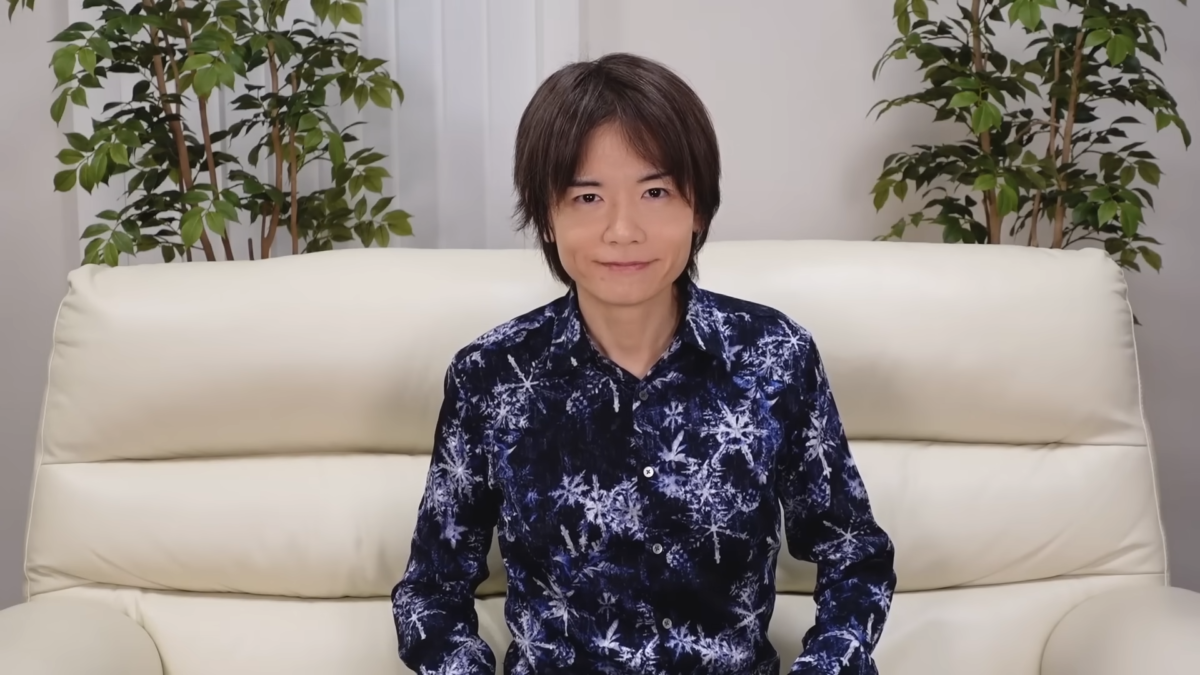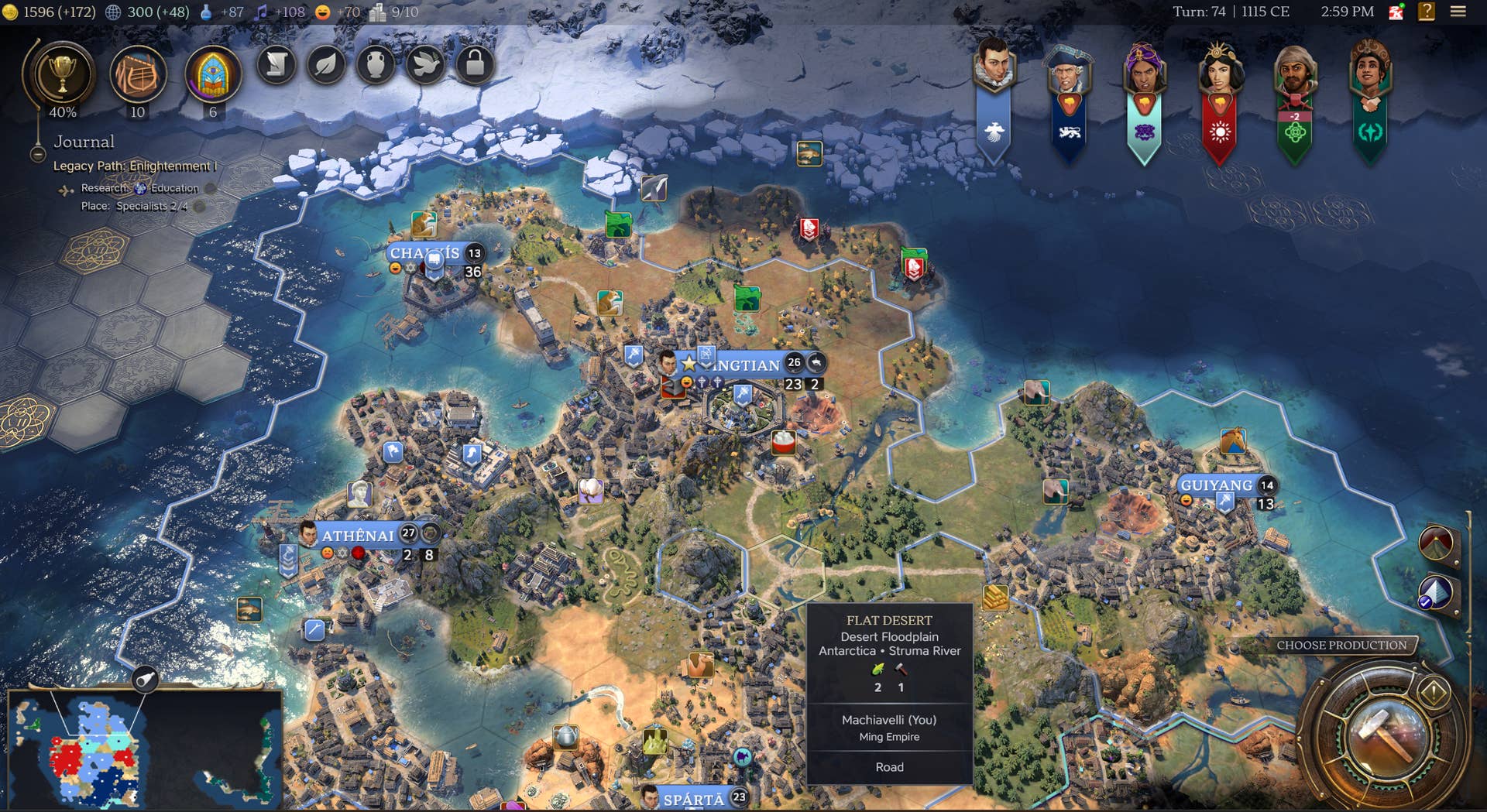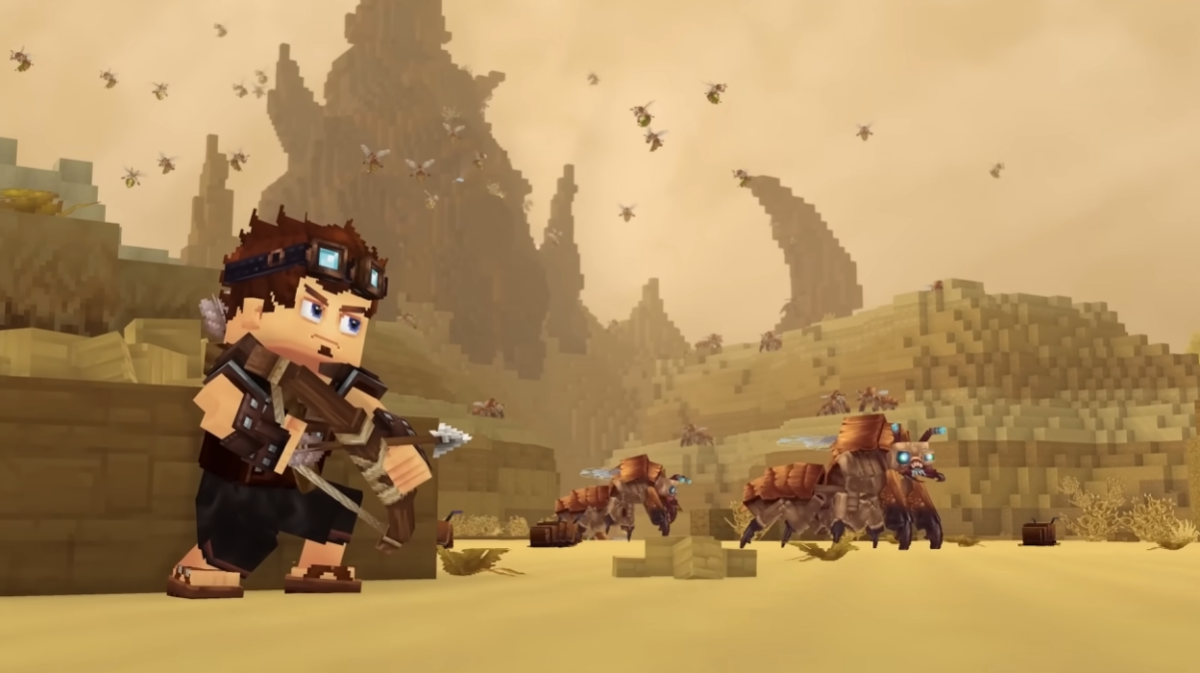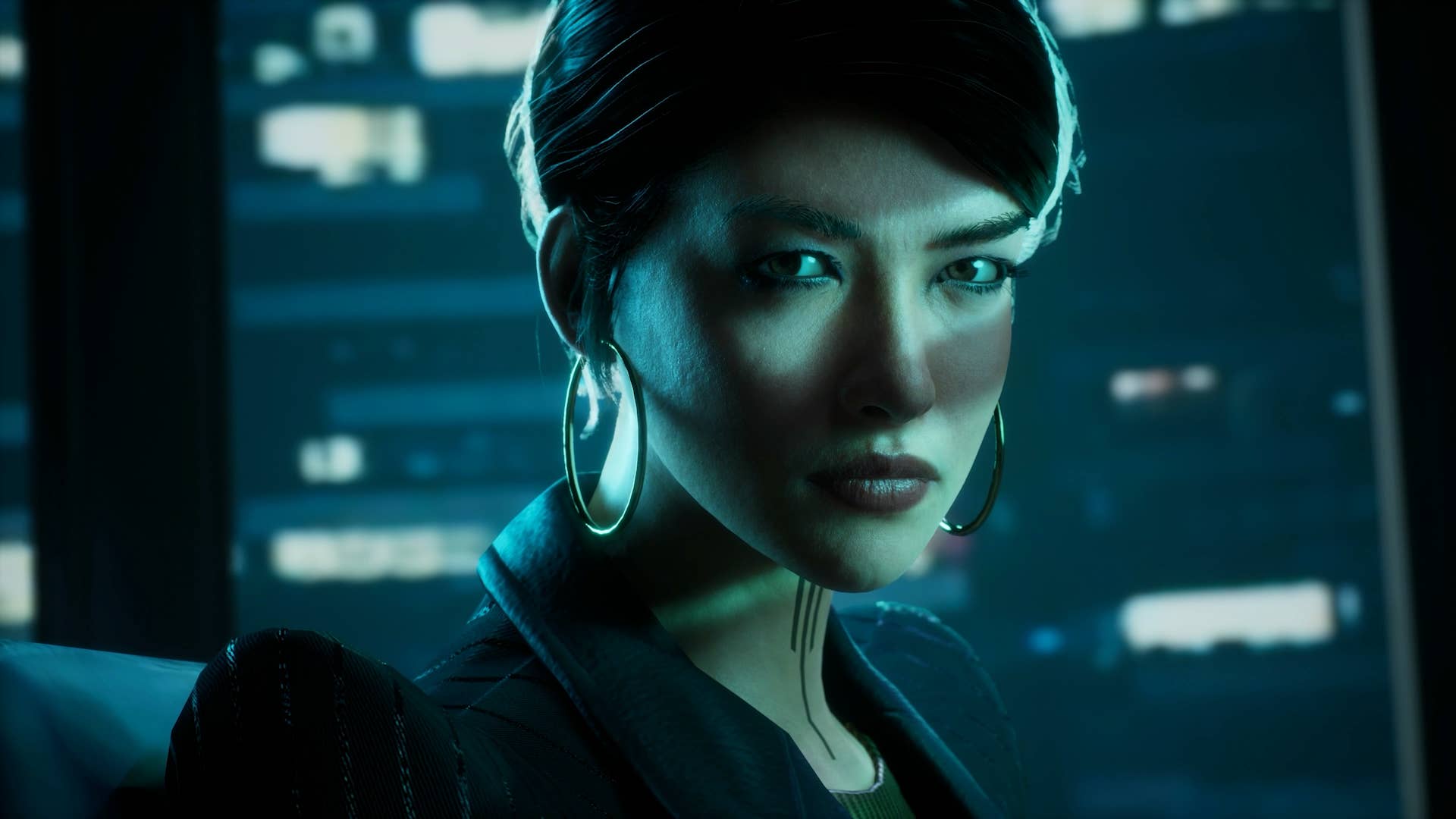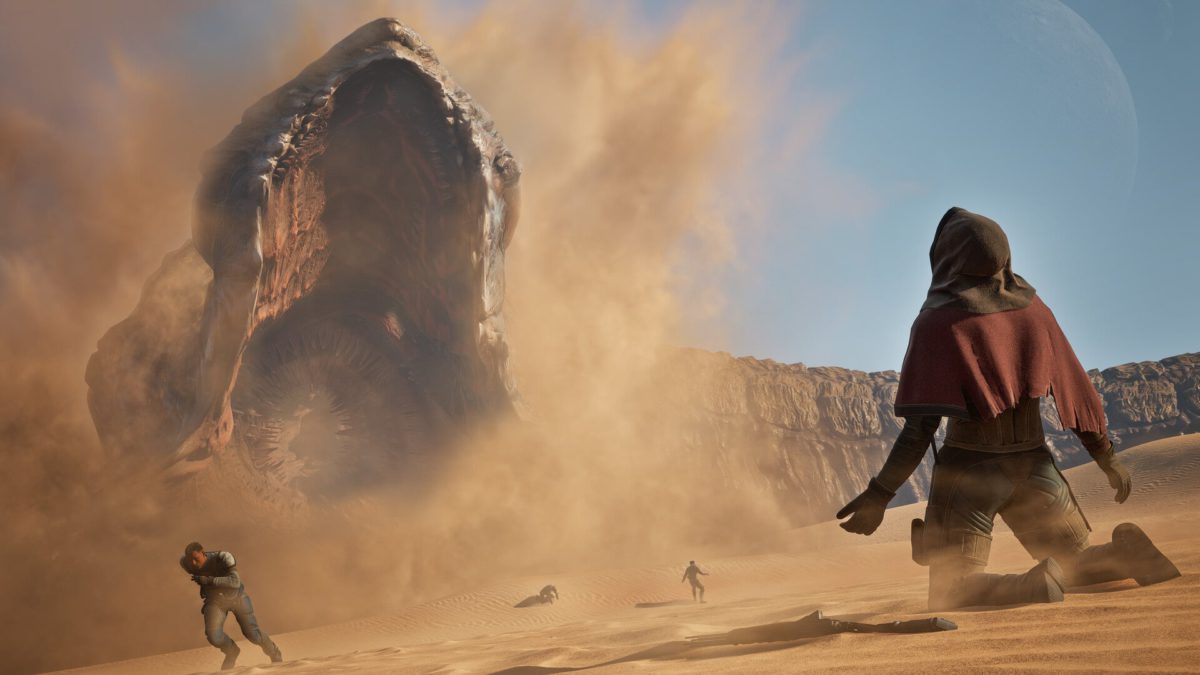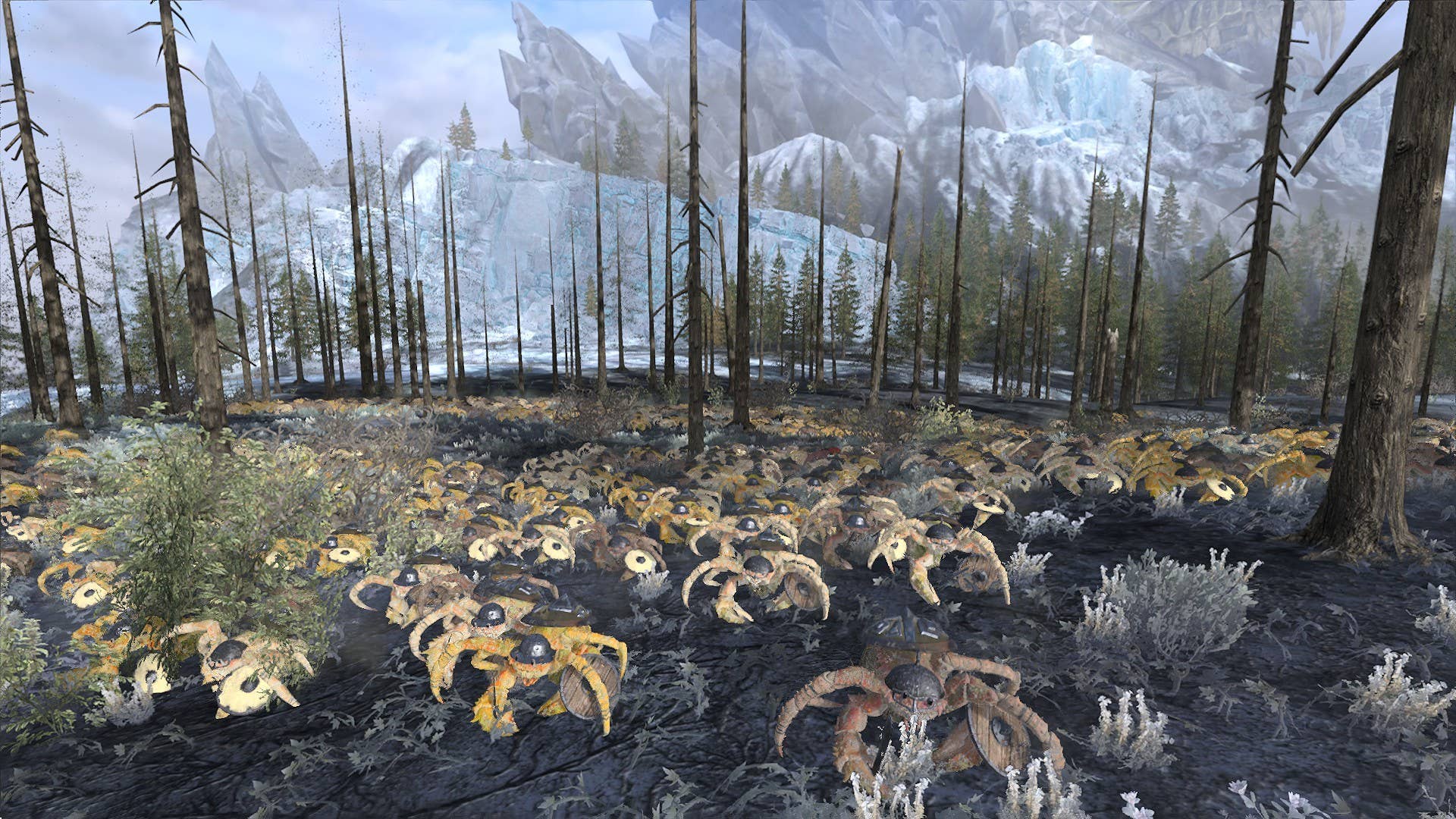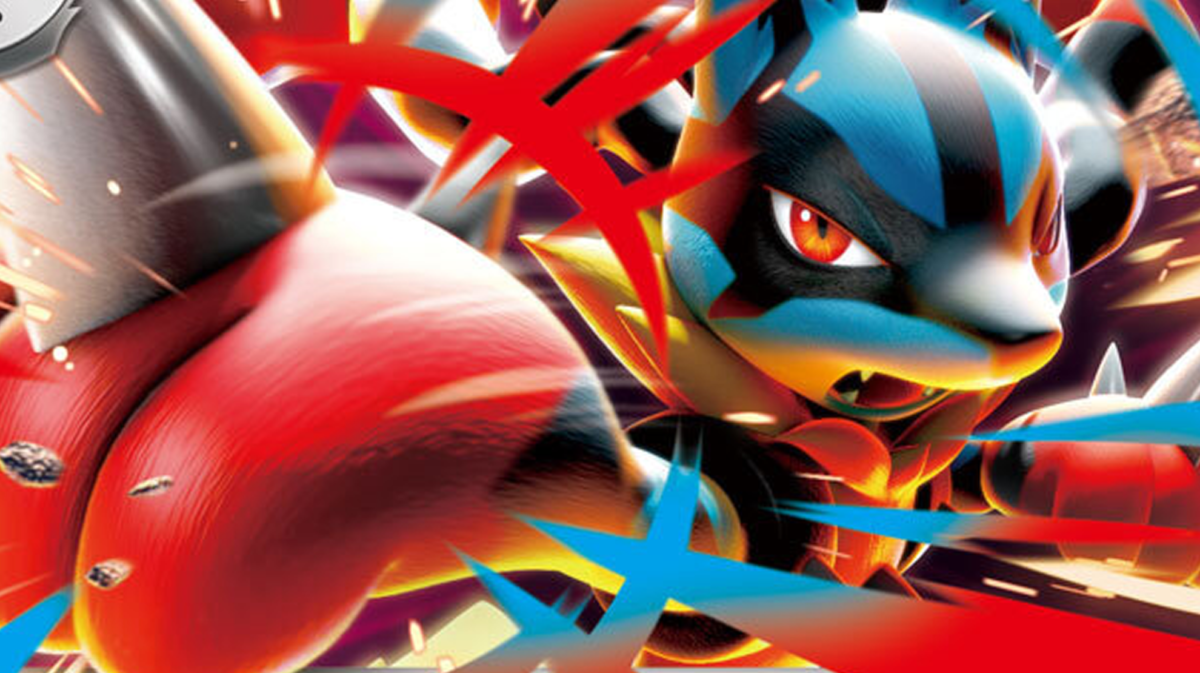
Back in March this year, game industry veteran Masahiro Sakurai received a lifetime achievement award at the 30th AMD awards. In an interview by ITMedia Business Online conducted at the time (recently republished on Yahoo Japan), Sakurai revealed why he doesn’t hire people, reflected on how the games industry has changed, and touched on the potential use of generative AI in development.
Sakurai is best known as the creator behind two of Nintendo’s big franchises, Kirby and Smash Bros. After working at game dev studio Hal Laboratories from 1989 to 2003, Sakurai became a freelance game creator, founding his own company Sora Ltd. in 2005. In 2022, he created the award-winning YouTube channel “Masahiro Sakurai on Creating Games,” in which he shared insight and advice on all aspects of making a game.
Sakurai’s approach differs from that of many game creators who have gone on to form their own companies. “When a game creator becomes the president of a company, it is difficult for them to fully engage in creative activities,” explained Sakurai. “There was a conflict between making interesting games and making management decisions — the problem was that being overwhelmed by the duties of being a president made it hard to focus on the vital part, game creation.”
This led Sakurai to his current approach, which involves creating games without directly hiring or managing any employees. “Basically I work together with other game companies to avoid having to manage a company,” Sakurai explained. “This method has worked well so far. I am able to continue being creative and concentrate on making things without becoming extremely busy running a company.”
However, Sakurai noted that his method is not without its challenges. Working with different game devs means that Sakurai has to “build up trusting relationships and working styles from scratch every time. So, I think it is necessary to have a certain degree of flexibility.”
According to Sakurai, one of the most important elements when working with a team on a new project for the first time is to make sure everyone is on the same page and has a clear, shared vision of the game. “I make sure that many members of staff can share the same information at the same time, regardless of their job or whether they are designer or programmer.” Although this takes more time and planning, Sakurai said that in his experience, this approach “reduces the risk of information gaps” and misunderstandings. “Conversely, if I just conveyed my ideas to the producer, and then they assign work to various other people, then some kind of misunderstanding would occur, or even a 180 degree difference (in what was intended).”
However, when asked whether his approach would be the best for the game industry as a whole, Sakurai was hesitant. “It depends on the person. As for me, I had built up a track record and trust through working on Kirby and Smash Bros. titles in the past. If you don’t have this, if you don’t have any track record at all, then the work won’t come to you. This is a way of working that becomes possible through gaining more allies by continuing to make good games, and it is not a style of working that works well for everyone.”
Sakurai went on to highlight another issue in the current game industry that could make it difficult for individuals to break through as auteurs in the same way as they did in the past. “I feel like the position of game director itself is becoming rarer these days. As in, it is rather rare to find someone who, as a director, can take charge of a studio with hundreds of people,” Sakurai stated. “There are plenty of people who want to make games or who are making games, but there is a shortage of game directors who can manage projects with a large number of staff.”
In Sakurai’s opinion, the increased segmentation of game development into specialized roles is the reason for this lack of game directors with the “all-rounder” background necessary to oversee large-scale projects. “In the past, there was a trend by which people would go from being a graphics artist to a planner, and then become a director.” Sakurai explained. “However today, graphics alone, for example, are divided into models, effects, textures and so on. I feel it is very difficult to develop into an all-rounder in such an environment. I feel like this increasing specialization and segmentation has resulted in a lack of directors who can see things from a broad perspective.”
Sakurai advised that it is important for people to understand their own individuality, and develop that accordingly. “I don’t think anyone will follow the same path that I did, but I’m sure that there will be people who break through in other directions,” said Sakurai. In other words, rather than trying to match or compete with the work and achievements of creators who have come before you, it is important to hone your own strengths and focus on what you can bring to the table. “I believe each creator should carve out their own path.” Sakurai insisted.
Sakurai concluded that both AAA projects and indie games are facing difficult situations. “I think it is becoming unsustainable to continue producing large games on the scale that companies currently do, as it requires too much work.” he said, before suggesting generative AI as a potential tool for helping to solve this problem.
“(…) the only effective breakthrough I can think of at the moment is generative AI. I think we are getting to the point where (AAA studios) have to change their way of working by using gen AI to improve work efficiency. I think we are in an era where only the companies that successfully respond to these changes will be able to survive.”
Sakurai noted that indie titles have their own challenges, one being the sheer amount of competition. “Indie games are appealing for their freedom and creativity, but they also need a lot of luck, effort, polish and stand-out elements to succeed in the market.”
Sakurai is currently working on Kirby Air Riders for Nintendo Switch 2.
Verity Townsend is a Japan-based freelance writer who previously served as editor, contributor and translator for the game news site Automaton West. She has also written about Japanese culture and movies for various publications.

